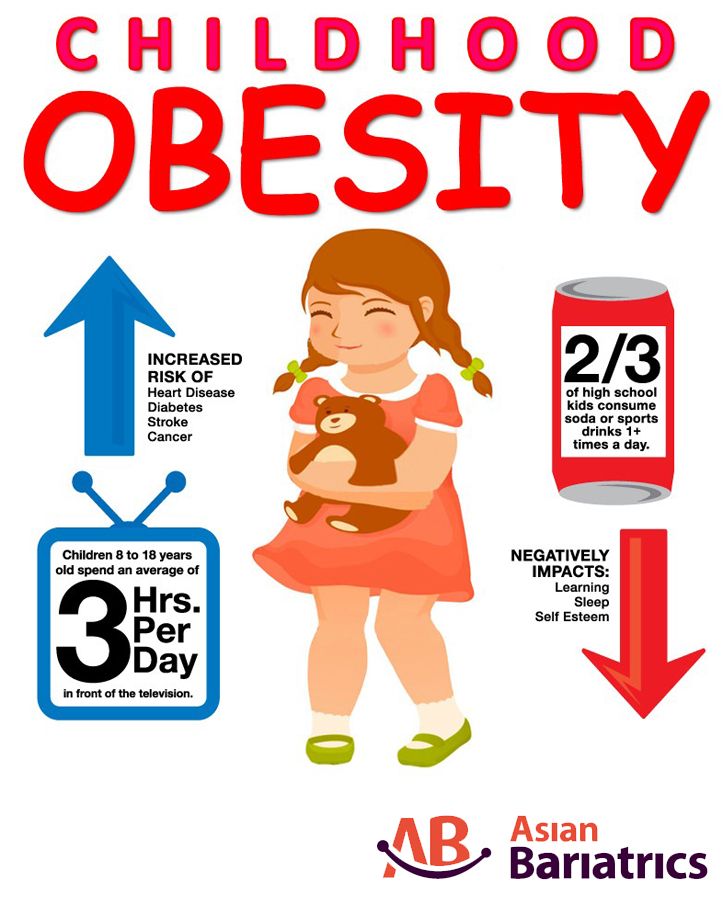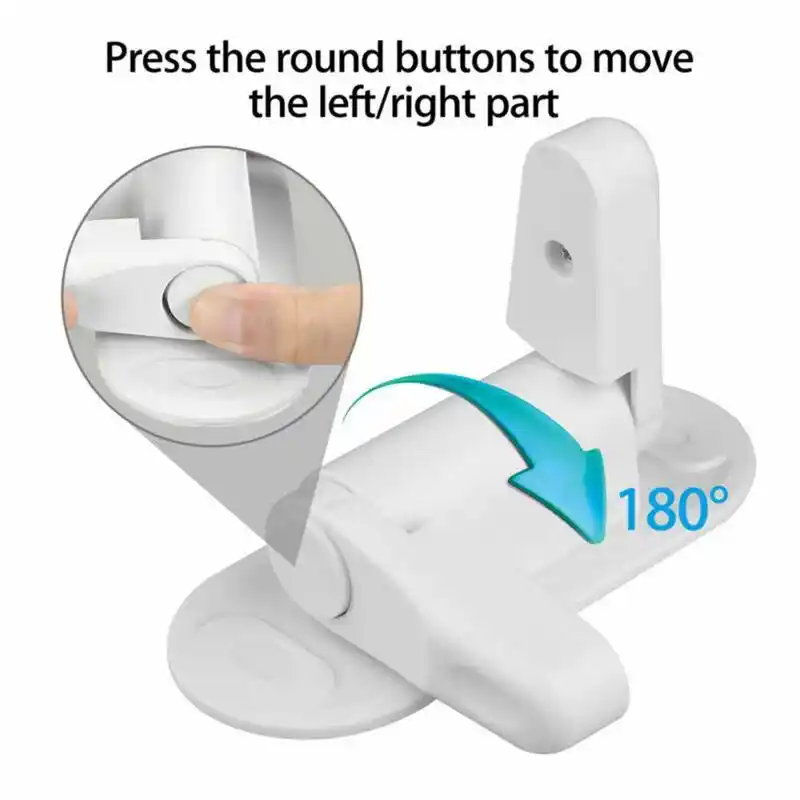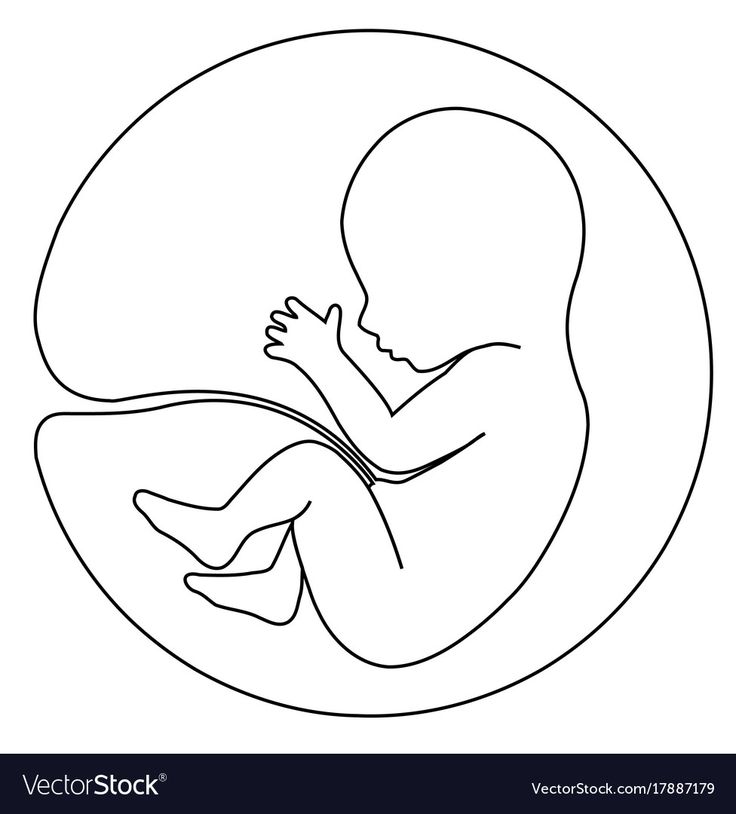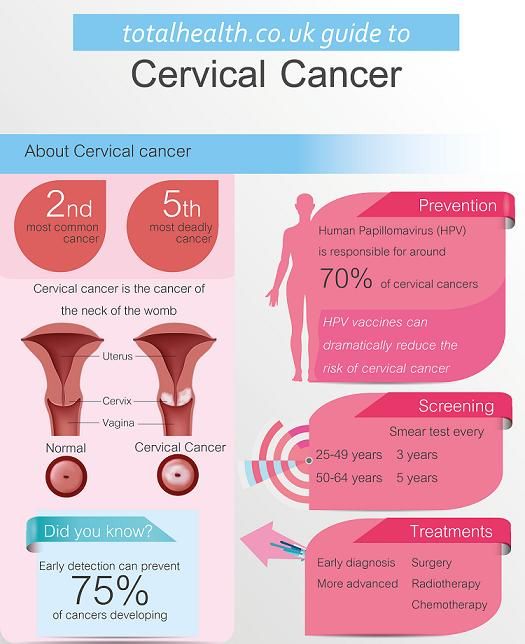Diabetes in 3 year olds
Diabetes in Toddlers: Causes, Signs, and Treatment
Diabetes is a chronic condition that can appear at any age, even in the first year of a child’s life. Sometimes, the diagnosis is delayed in babies and young children because diabetes symptoms are similar to those of other illnesses. The most common signs of diabetes in toddlers include an increase in thirst and more frequent or increased urination. Read on to find out more about the signs of diabetes and how diabetes is diagnosed, as well as what treatments may be available, and what you can do day-to-day to manage diabetes in your toddler.
What Is Diabetes?
Diabetes is the more common term for diabetes mellitus, which is a metabolic disorder that affects how the body uses blood sugar (also known as blood glucose, or just glucose).
Blood sugar is the source of energy the cells in the body need. It provides energy to the tissues, muscles, and organs, including the brain. When we eat, the nutrients we consume, such as protein, fat, and carbohydrates, get broken down into glucose, which becomes fuel for the body.
When someone has diabetes, the body does not produce enough insulin, a hormone that transports the glucose in the blood to the cells. Insulin is produced by the pancreas, an organ located behind the stomach. When the pancreas doesn’t produce enough of this hormone, the blood sugar cannot reach the cells or be used properly. Because sugar stays in the blood, this leads to high blood sugar levels. When the blood sugar levels are high for long periods of time, this can cause health problems.
Although diabetes can’t be cured, it can be managed. If your toddler is diagnosed with this condition, there are steps you can take to manage it, and your little one can lead a full and healthy life.
What Types of Diabetes Are There?
There are two types of diabetes: type 1 diabetes and type 2.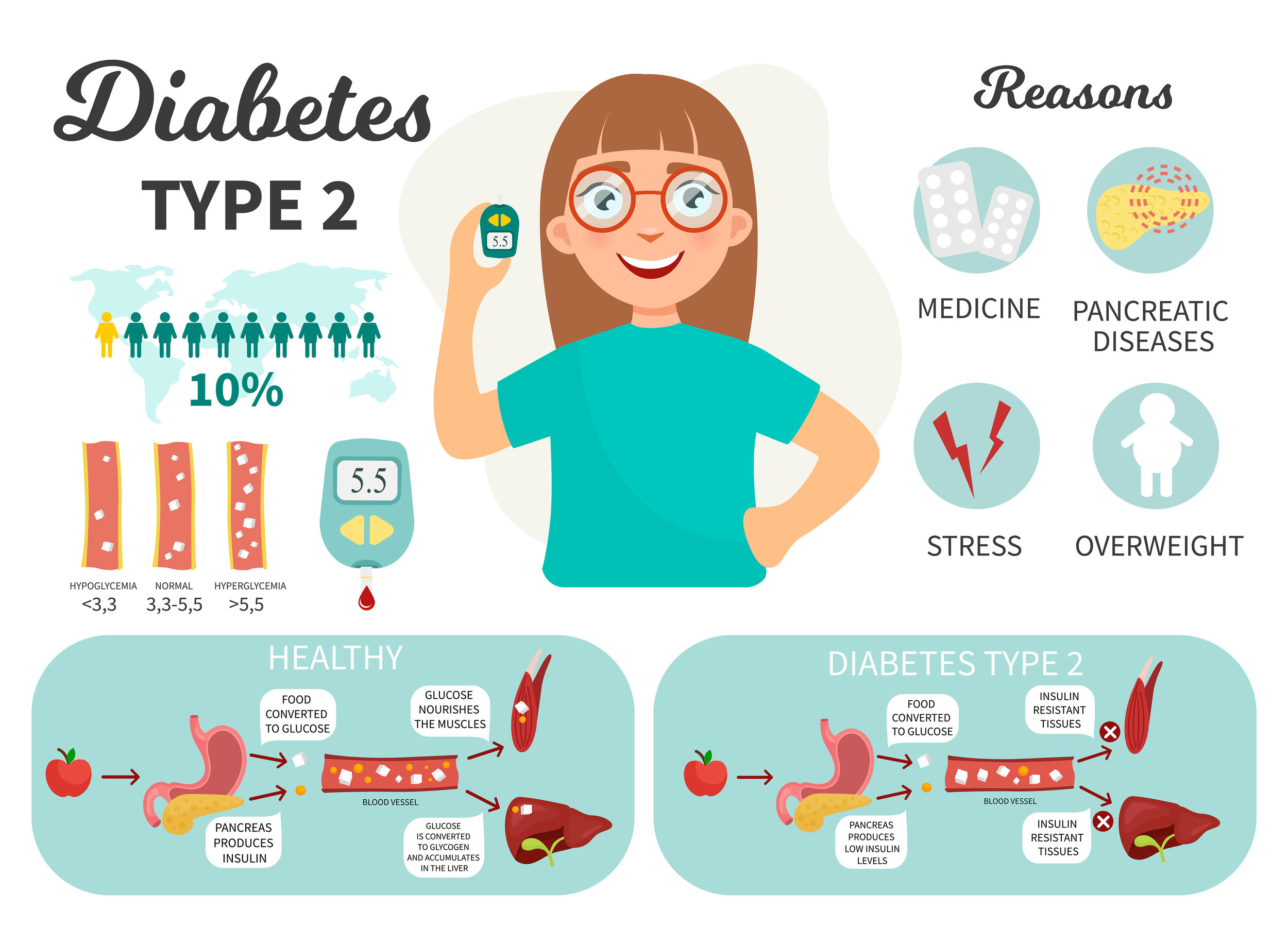 So what is the difference between them?
So what is the difference between them?
Type 1 Diabetes
People with type 1 diabetes have a low supply of insulin or no insulin supply at all. When someone with type 1 diabetes eats, the blood glucose levels rise considerably. This is sometimes called hyperglycemia.
With type 1 diabetes, nutrients in food are not used by the cells for energy, and the sugar just stays in the blood. Because the cells cannot get their fuel, they think they are starving, which triggers the liver to respond by making even more sugar from the body’s fat and protein stores.
This becomes a vicious cycle, as without insulin, the body cannot use the extra glucose and actually produces more. Type 1 diabetes can cause weight loss and weakness. If a toddler is diagnosed with diabetes, it’s more likely to be this type of diabetes.
Type 2 Diabetes
For children and adults with type 2 diabetes, the pancreas is able to produce insulin, but the body doesn’t respond to it as it should.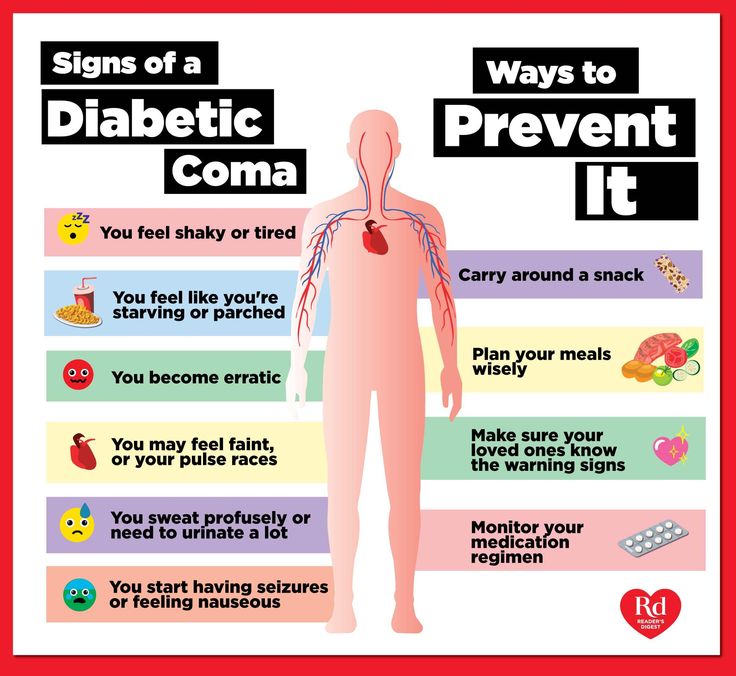 With type 2 diabetes, the glucose in the blood is unable to enter the cells and cannot supply the energy the cells need—this is also known as insulin resistance—so the sugar builds up in the bloodstream. After a time, the pancreas works harder to produce more insulin, but this can strain the organ, and it struggles to produce enough insulin to keep the blood sugar at a healthy level. This type of diabetes is more common in adults, but some children and adolescents can develop type 2 diabetes, often associated with obesity.
With type 2 diabetes, the glucose in the blood is unable to enter the cells and cannot supply the energy the cells need—this is also known as insulin resistance—so the sugar builds up in the bloodstream. After a time, the pancreas works harder to produce more insulin, but this can strain the organ, and it struggles to produce enough insulin to keep the blood sugar at a healthy level. This type of diabetes is more common in adults, but some children and adolescents can develop type 2 diabetes, often associated with obesity.
You may have also heard the term prediabetes, which refers to having blood sugar levels that are higher than normal, but not high enough to qualify as type 2 diabetes.
Prediabetes can develop into type 2 diabetes. However, there is good news, as changes to diet and activity levels, along with reaching and maintaining a healthy weight, can help a child with prediabetes avoid getting type 2 diabetes. Positive lifestyle changes may even bring children’s blood sugar levels back to normal.
What Causes Diabetes in Toddlers?
The cause or causes of diabetes in children and toddlers is unknown. However, experts have formed some theories and have identified risk factors for both types of diabetes:
Type 1 diabetes. This type of diabetes usually occurs in people whose immune system, which usually fights viruses and harmful bacteria, destroys the insulin-producing cells in the pancreas. Although why this happens is not well understood, experts believe that genetics or environmental factors, like exposure to viruses that trigger this autoimmune response, could be responsible.
Type 2 diabetes. Type 2 diabetes is more common in adults—the risk increases with age—but it can appear in children. This kind of diabetes has links to family history and genetics, but a sedentary lifestyle and excess fat, especially in the belly area, can also play a role.
What Are the Warning Signs of Diabetes in Toddlers?
Some of the symptoms of diabetes are similar to things that can happen in everyday life —like increased thirst on a hot day.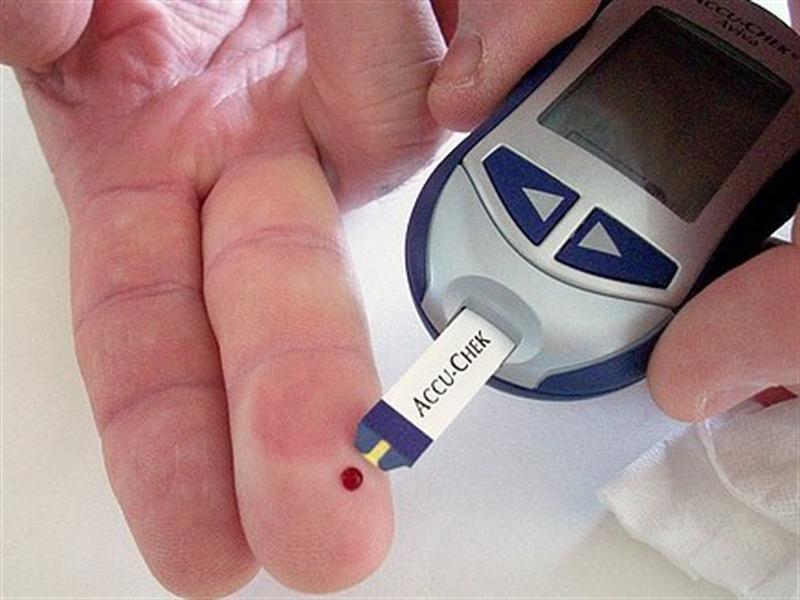 However, if you notice any of these diabetes warning signs in your toddler, it's safest to contact your healthcare provider, who can either rule out or diagnose diabetes:
However, if you notice any of these diabetes warning signs in your toddler, it's safest to contact your healthcare provider, who can either rule out or diagnose diabetes:
Increased thirst or dehydration. The excess glucose in the bloodstream pulls fluid from tissues, and this can cause increased thirst or dehydration. Although your toddler asking for more water could have many natural causes, including hot weather or him being especially active, increased thirst can sometimes be a sign of diabetes, especially if the thirst is prolonged or is combined with other symptoms.
Frequent or increased urination. You may find that you're changing a lot more diapers than usual, or if your little one is toilet trained you may see more frequent bedwetting or notice that your toddler needs to pee more often.
Weight loss. Either your toddler shows an increased appetite and eats more but still loses weight, or there is a persistent loss of appetite resulting in weight loss.
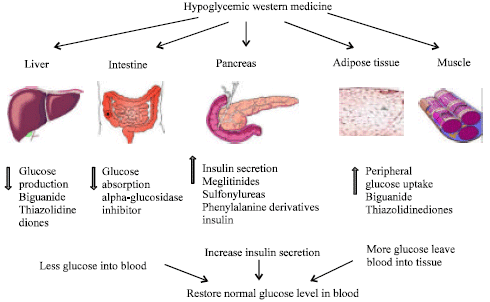 A loss of appetite is the more common symptom in younger children.
A loss of appetite is the more common symptom in younger children. Severe diaper rash. Although a more severe form of diaper rash can have many causes (such as a food allergy or a yeast infection), it could be a sign of diabetes if the diaper rash does not respond to treatment such as more frequent diaper changes or the use of a barrier cream.
Tiredness or fatigue you cannot explain. You may notice your little one is unusually tired all the time without any obvious reason. This fatigue is caused by the cells of the body not getting enough energy in the form of blood sugar.
Persistent vomiting. Especially if accompanied by drowsiness or weakness.
Blurred vision. High blood sugar can pull fluid from the lenses of your toddler’s eyes, which can cause problems in focusing. If your child complains about not being able to see properly, for example, let your toddler’s healthcare provider know about this symptom, as it could be a warning sign of diabetes.
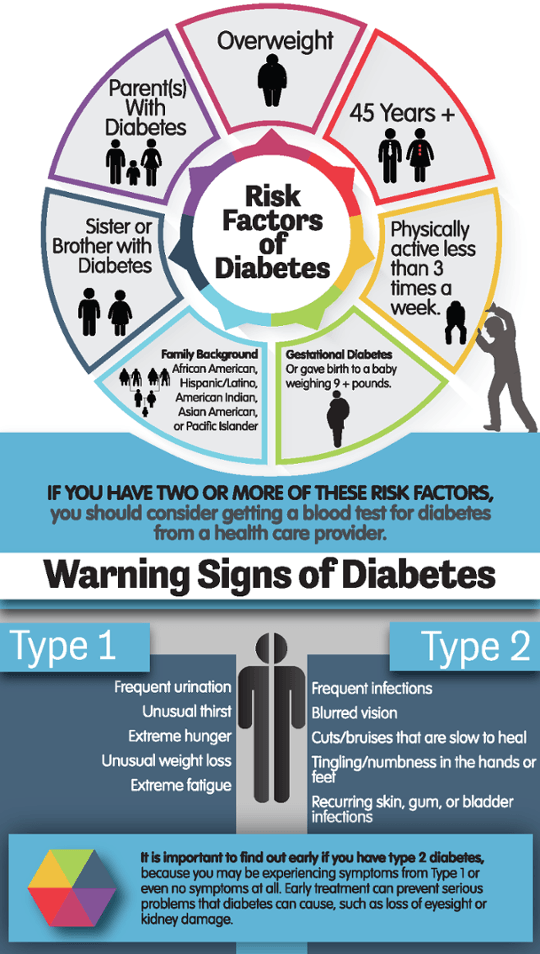
Sores and cuts that take longer to heal than usual.
How Is Diabetes Diagnosed in Toddlers?
If your toddler’s healthcare provider suspects diabetes, she may recommend testing to check your toddler’s blood glucose levels. Here are some common tests your provider may perform:
Random blood sugar test. A blood test is done at a random time to measure glucose levels.
Glycated hemoglobin (A1C) blood test. This test measures the percentage of glucose attached to the hemoglobin, a protein in red blood cells that carries oxygen.
Fasting blood sugar test. For this test, a blood sample is taken after an overnight fast.
Oral glucose tolerance test. If your healthcare provider suspects type 2 diabetes, an oral glucose tolerance test may be recommended. The first blood test is taken after an eight-hour or overnight fast.
 Then your little one will drink a sugary solution and his blood sugar levels will be rechecked via a blood test several times over the next few hours.
Then your little one will drink a sugary solution and his blood sugar levels will be rechecked via a blood test several times over the next few hours.
Your toddler’s healthcare provider will explain the testing process and go over the results with you.
Is There Any Way to Treat Diabetes in Toddlers?
If the diagnosis comes back positive for diabetes, treatment can begin immediately.
Your child may be assigned a diabetes treatment team—including a doctor, dietitian, and diabetes educator—who will work closely with you to help keep your toddler’s blood sugar level as normal as possible.
Although there is no cure for diabetes, with treatment and consistent care your little one can go on to have a normal life. Treatment depends on whether your toddler has type 1 or type 2 diabetes, but the treatment plan may include:
Blood sugar monitoring. You will need to check your toddler’s blood sugar levels frequently, at least 4 times a day for type 1.
 Testing helps you make sure your little one’s blood sugar levels are within the target range. Your healthcare provider will tell you what this range should be, as this will change as your child grows.
Testing helps you make sure your little one’s blood sugar levels are within the target range. Your healthcare provider will tell you what this range should be, as this will change as your child grows.Taking insulin. If your toddler has type 1 diabetes, then life-long treatment with insulin will be necessary. Some cases of type 2 diabetes also require insulin. Insulin is often given as an injection but is sometimes administered through a pump. Your toddler’s healthcare provider will show you how to give injections or use the pump, and when your child grows old enough the provider will be able to show her how to do it for herself.
A healthy diet. Eating well and timing meals appropriately is a big part of any diabetes treatment plan, and your little one’s healthcare provider or dietician will come up with a tailor-made plan for you to follow.
Regular exercise. Encourage your little one to get at least an hour of physical activity a day.
 You can get involved and even make it a part of your family routine—there are so many ways to do this. Go outside and play ball together, take the family on a hike, play tag, or bounce around on a trampoline.
You can get involved and even make it a part of your family routine—there are so many ways to do this. Go outside and play ball together, take the family on a hike, play tag, or bounce around on a trampoline. Counting carbohydrates. If your toddler has type 1 diabetes, your little one’s healthcare provider or dietician will explain how to count carbohydrates in foods, so her insulin dose can be calculated accurately.
Medication. Children with type 2 diabetes may be prescribed medications like metformin, which reduces the amount of blood sugar the liver releases into the bloodstream, or liraglutide, administered by injection, which makes the pancreas release more insulin after meals.
Tips for Parents: How to Manage Diabetes in Your Toddler
If your toddler is diagnosed with diabetes, your medical team will make sure your little one gets a great treatment plan.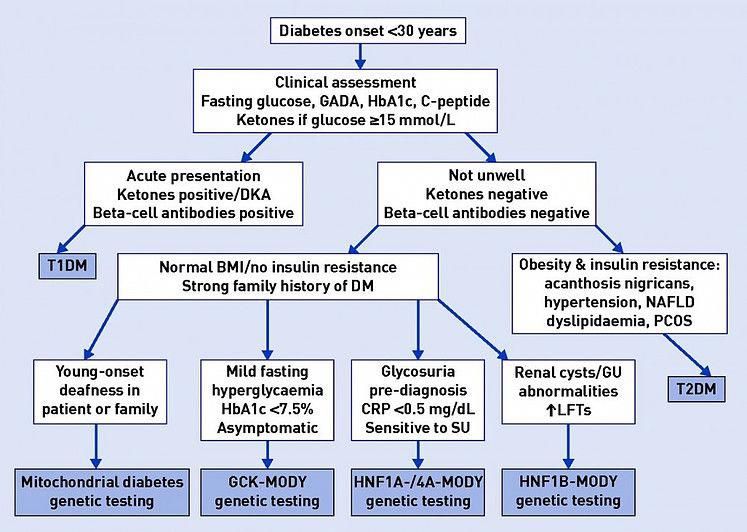
Diabetes does require lots of attentive care and lifestyle changes that can be challenging to explain and enforce with a toddler, but there are steps you can take to make things a little easier and help reduce the risk of complications:
Help your child make healthy food choices. Diet plays an essential role in managing diabetes, so try to help your little one establish good habits at a young age. You can do things together as a family such as cooking healthy meals together and sitting down to eat without distractions. Try to introduce more fruits and veggies with each meal, and set a positive example for your little one when it comes to your own eating habits.
Get your toddler active. Exercise is important when it comes to diabetes, so take advantage of any fun ways to get your toddler moving each day.
Have your child wear a medical identification tag or bracelet. If a medical emergency occurs, this tag or bracelet identifies that your child is diabetic to the medical team or anyone who comes to your child’s aid.
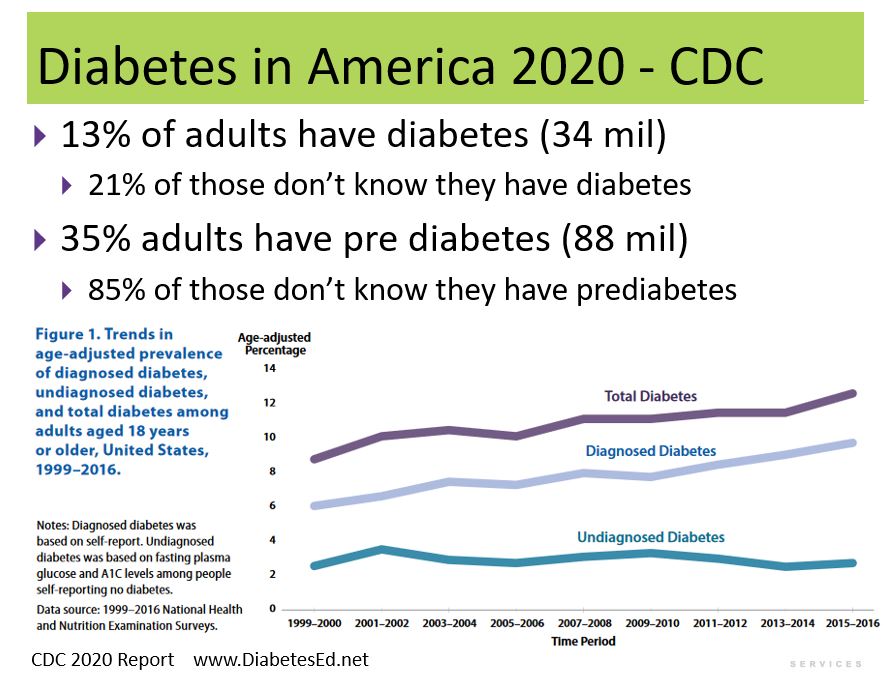 You can ask your healthcare provider for more information about getting one of these.
You can ask your healthcare provider for more information about getting one of these. Help your little one develop a relationship with the diabetes treatment team. Explain to your child that the members of her treatment team are there to help her and are her friends; help her develop positive associations with them.
Teach your child about the importance of lifelong diabetes care when she's old enough to understand. Work together with your toddler’s diabetes team to help her understand the importance of diabetes care; you could also find books or videos on the topic that can help explain it to her.
Can Diabetes Be Prevented?
At this time there is no known prevention strategy for type 1 diabetes, but type 2 can sometimes be prevented with healthy lifestyle choices.
If you have a family history of type 1 diabetes, you notice symptoms of diabetes in your toddler, or your little one has been diagnosed with type 1 diabetes, you can prevent complications by:
Helping your little one maintain good blood sugar levels as much as possible
Helping your toddler follow a healthy diet
Encouraging your toddler to get active
Scheduling regular visits with your child’s healthcare provider or diabetes specialist (endocrinologist).

Type 2 diabetes can be prevented by making appropriate lifestyle choices, so encourage healthy habits in your toddler from an early age by:
Providing healthy meals and snacks. Give your little one a range of nutritious foods, focusing on fruit, vegetables, lean sources of protein and dairy, and whole grains, and avoiding giving sugary sweets and drinks, high calorie treats, and food high in fat.
Keeping your toddler physically active. Try to get your little one active for at least 60 minutes a day—make it fun and maybe even do it together. Staying fit and active together can have great health benefits for you too!
The Bottom Line
Although diabetes is a lifelong condition that requires consistent care and management, it's a condition that can be treated, and there is support out there to help make sure your child remains healthy throughout life.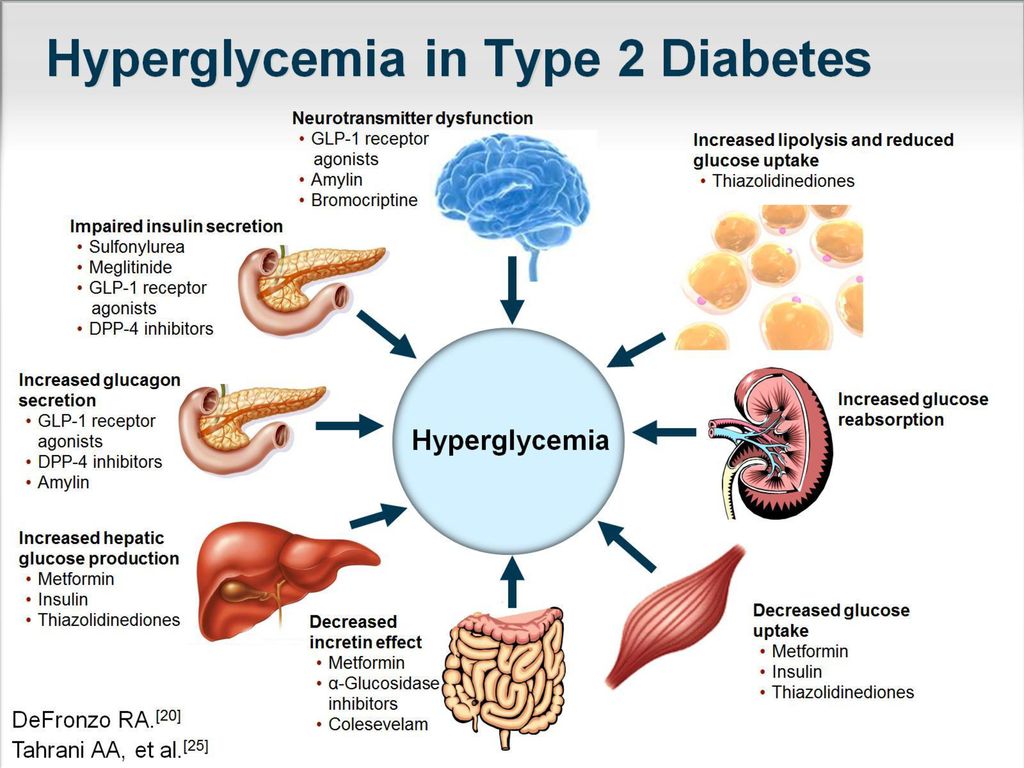 Turn to your healthcare provider if you ever have questions about your toddler’s health or diabetes treatment plan.
Turn to your healthcare provider if you ever have questions about your toddler’s health or diabetes treatment plan.
How To Tell if Your Child Has Type 1 Diabetes
Written by WebMD Editorial Contributors
Medically Reviewed by Amita Shroff, MD on December 08, 2020
Every parent knows babies and small children sleep and drink a lot. But if your child is suddenly much drowsier or thirstier than usual, it could be a symptom of type 1 diabetes.
It used to be called juvenile diabetes because most of the people who got it were young children. Your child could get type 1 diabetes as an infant, or later, as a toddler or a teen. Most often, it appears after age 5. But some people don’t get it until their late 30s.
Know the symptoms of type 1 diabetes so you can help keep your child healthy.
Understanding Type 1 Diabetes
It’s not the same as “classic” or type 2 diabetes, which is often linked to obesity and seen in adults (but it can occur in children too, usually after age 10).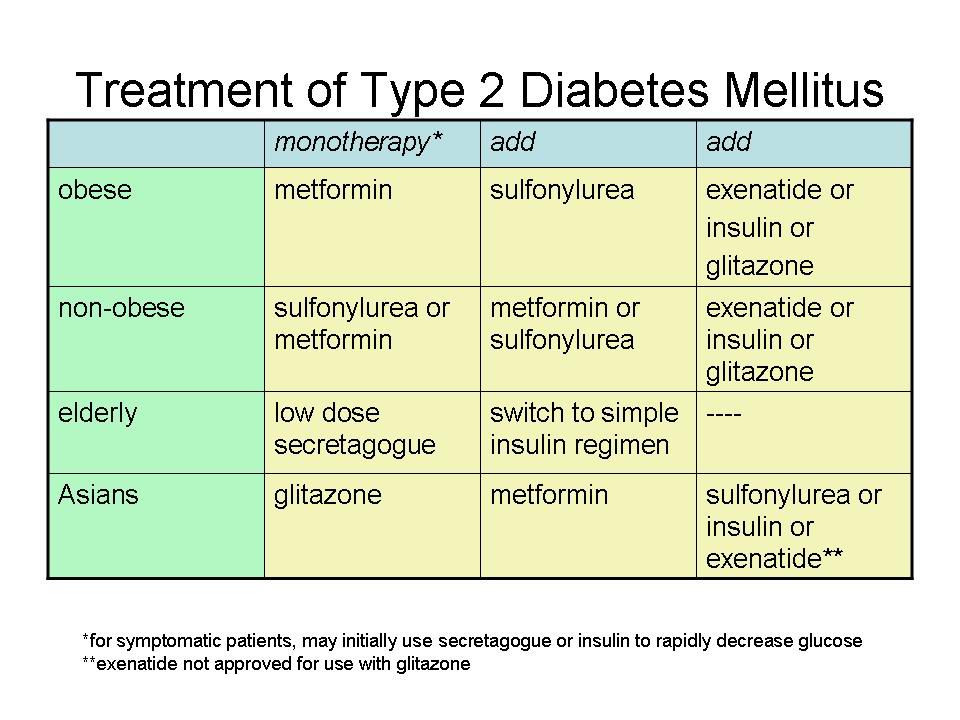
If your child has type 1 diabetes, it means their pancreas -- an organ in the upper-right side of the belly -- makes little or no insulin. The condition is an autoimmune disorder, which means it happens when the body’s defense system attacks and destroys cells that make insulin.
What to Watch For
Symptoms of type 1 diabetes in infants and children can start very suddenly. Keep an eye out for these signs in your baby or child:
- Sudden strange behavior (acting “drunk”)
- Breath that smells fruity, sweet, or like wine
- Extreme drowsiness or lack of energy
- Ongoing, intense thirst
- Grunting while breathing
- Heavy breathing
- Huge appetite
- Sudden vision changes
- Sudden weight loss
- Peeing more often (infants and toddlers may have more wet diapers than usual)
- Difficulty breathing
When to Call a Doctor
Type 1 diabetes may cause sudden, extreme swings in blood sugar that can be dangerous.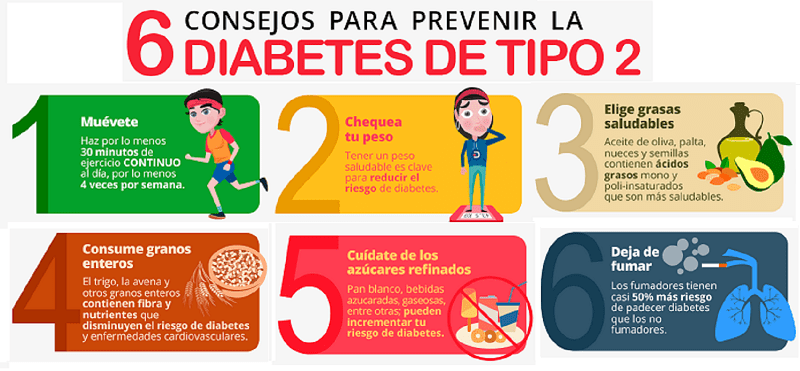 If you notice any of the symptoms of diabetes in your child, it’s important to get them a physical exam as soon as possible, so their doctor can begin treatment right away.
If you notice any of the symptoms of diabetes in your child, it’s important to get them a physical exam as soon as possible, so their doctor can begin treatment right away.
The doctor will do a simple urine test to check for glucose (sugar) in the urine and a finger stick to measure preliminary blood glucose level. A more involved test, called an oral glucose tolerance test, can tell for certain if it’s type 1 diabetes. Your child will need to follow a special diet before this procedure.
If your child has already been diagnosed with type 1 diabetes, call your doctor if you notice any of these signs of a low blood sugar emergency:
- Blurry or double vision
- Cold, clammy skin
- Confusion
- Dizziness
- Drowsiness or tiredness
- Extreme or sudden hunger
- Headache
- Pale, moist skin
- Rapid pulse
- Shallow breathing
- Sweating
- Weakness
Low blood sugar can be life-threatening to children with type 1 diabetes. Always call 911 or get emergency medical help if your child ever passes out or has seizures.
Always call 911 or get emergency medical help if your child ever passes out or has seizures.
Childhood diabetes | Prevention | GBUZ "City Polyclinic No. 6 of Novorossiysk" MH KK
Diabetes in children: causes, symptoms and signs, diagnosis, treatment.
) in the blood. Diabetes mellitus ranks first among all endocrine diseases in children. Diabetes mellitus in children is relatively acute and without appropriate treatment, as a rule, acquires a severe, progressive course. This development of diabetes in children is due to the intensive growth of the child's body and, accordingly, increased metabolism
Diagnosis of diabetes in children is based on identifying the symptoms of the disease and determining the concentration of glucose and insulin in the blood. Treatment of diabetes mellitus in children includes diet, dosed exercise, treatment with insulin preparations.
Forms of diabetes in children. There are two main types of diabetes mellitus:
- Insulin-dependent diabetes (type 1 diabetes).

- Non-insulin dependent diabetes (type 2 diabetes).
While type 2 diabetes mellitus predominates among adults, type 1 diabetes mellitus (insulin-dependent) predominates among children.
Type 1 diabetes mellitus is characterized by very low levels of insulin in the blood, as a result of which the diabetic child is dependent on insulin treatment.
Features of the development of diabetes in children
A child's pancreas (an organ that produces the hormone insulin) is very small. By the age of 10, the mass of the child's pancreas doubles, reaching a size of 12 cm and a weight of just over 50 g. The production of insulin by the pancreas is one of its most important functions, which is finally formed by the fifth year of a child's life. It is from this age and up to about 11 years that children are especially susceptible to diabetes. All metabolic processes in a child's body proceed much faster than in an adult. Carbohydrate metabolism (assimilation of sugars) is no exception.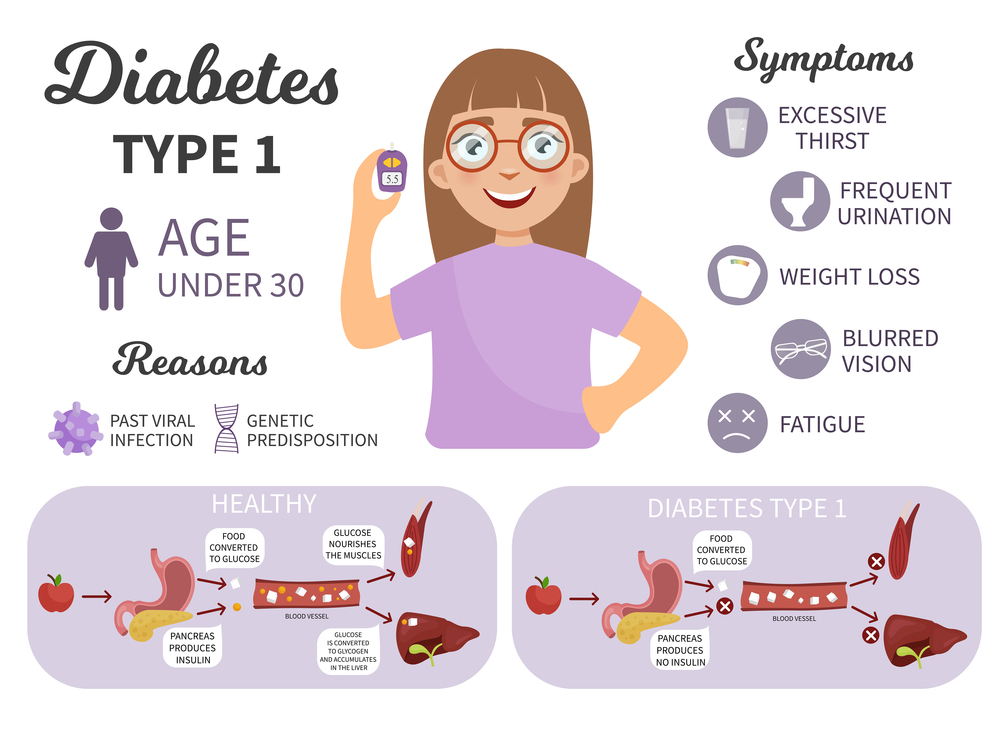 Accordingly, a child needs to consume 10 g of carbohydrates per 1 kg of weight per day. Therefore, all children are very fond of sweets - this is a natural need of their body. The metabolism of carbohydrates is also affected by the nervous system of the child, which is not yet fully formed, therefore it can malfunction and also affect blood sugar levels. Contrary to popular belief, even the consumption of significant amounts of sweets in childhood does not lead to the development of diabetes.
Accordingly, a child needs to consume 10 g of carbohydrates per 1 kg of weight per day. Therefore, all children are very fond of sweets - this is a natural need of their body. The metabolism of carbohydrates is also affected by the nervous system of the child, which is not yet fully formed, therefore it can malfunction and also affect blood sugar levels. Contrary to popular belief, even the consumption of significant amounts of sweets in childhood does not lead to the development of diabetes.
In general, the risk of developing diabetes is higher in premature, underdeveloped children, or adolescents during puberty. Also, the risk of developing diabetes is higher in children subject to significant physical exertion (for example, in pupils of sports schools).
The main cause of diabetes in children is a viral infection that destroys insulin-producing cells in the pancreas. Among childhood infections, many can cause the development of diabetes (mumps, rubella, measles, etc. ). In this regard, one of the most important measures to prevent the development of diabetes in children is the timely vaccination of the child.
). In this regard, one of the most important measures to prevent the development of diabetes in children is the timely vaccination of the child.
The course of diabetes mellitus in children also depends on the age of the child at which the disease began. The younger the child with diabetes, the more severe it is and the greater the risk of various complications. As a rule, once having arisen, diabetes in a child never goes away. A child with diabetes will need supportive care throughout his life.
Risk factors for diabetes in children
There are a number of risk factors that contribute to the development of diabetes in children. The presence of one or more risk factors greatly increases a child's chances of developing diabetes. Risk factors for diabetes in children:
- children born to diabetic mothers
- both parents of the child have diabetes mellitus
- frequent acute viral diseases
- birth weight exceeded 4.
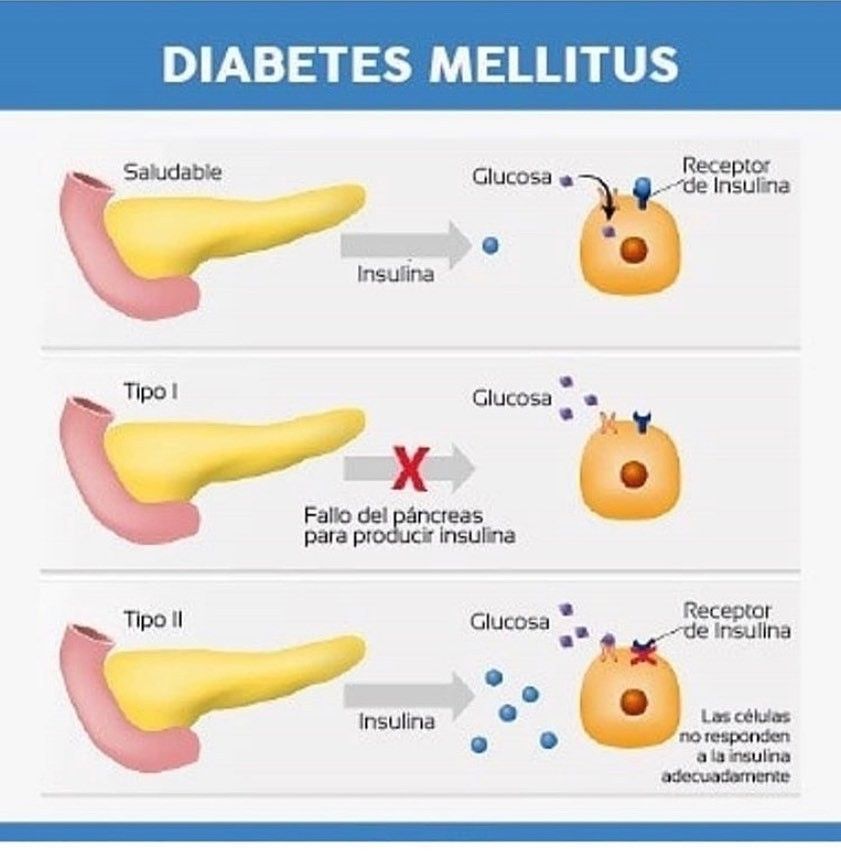 5 kg
5 kg - other metabolic disorders (hypothyroidism, obesity)
- immunosuppression
Symptoms of diabetes in children are almost the same as in adults:
- thirst
- weight loss
- excessive urine output (more than 2-3 liters per day)
- severe infections
- fatigue, inability to concentrate
Parents do not always notice these symptoms, which makes it difficult to detect diabetes in children. Despite the difficulty in identifying the symptoms of diabetes in a child, there are characteristic signs of diabetes in children that make it easier to identify the disease. So, for example, an important symptom of diabetes is bedwetting. Children with diabetes produce 2-4 times more urine than healthy children. Also, in children with diabetes, skin lesions (furunculosis), itching of the skin, etc. often occur. In infants, diabetes mellitus is accompanied by indigestion (diarrhea, constipation, vomiting), anxiety. A diabetic child suckles a lot and greedily at the breast or drinks water. From sweet urine, linen and diapers become hard, crispy. These symptoms are often observed in moderate or severe diabetes mellitus. In mild diabetes mellitus, sick children may have little to no complaints or signs of illness, and the diagnosis is based on blood and urine sugar levels.
A diabetic child suckles a lot and greedily at the breast or drinks water. From sweet urine, linen and diapers become hard, crispy. These symptoms are often observed in moderate or severe diabetes mellitus. In mild diabetes mellitus, sick children may have little to no complaints or signs of illness, and the diagnosis is based on blood and urine sugar levels.
Treatment of diabetes in children.
Treatment of diabetes in a child includes: exercise, diet, medication.
Exercise for children with diabetes
Exercise increases the sensitivity of body tissues to insulin and lowers blood sugar levels. In this regard, dosed physical activity is an important part of the treatment of children with diabetes. It should be emphasized that only dosed physical activity is useful in diabetes, while uncontrolled physical activity in patients with diabetes mellitus contributes to the development of hypoglycemic conditions.
Proper exercise management in diabetic children necessarily includes the use of additional carbohydrates before, during and after exercise in accordance with the recommendations given by your doctor, as well as periodic monitoring of blood glucose levels.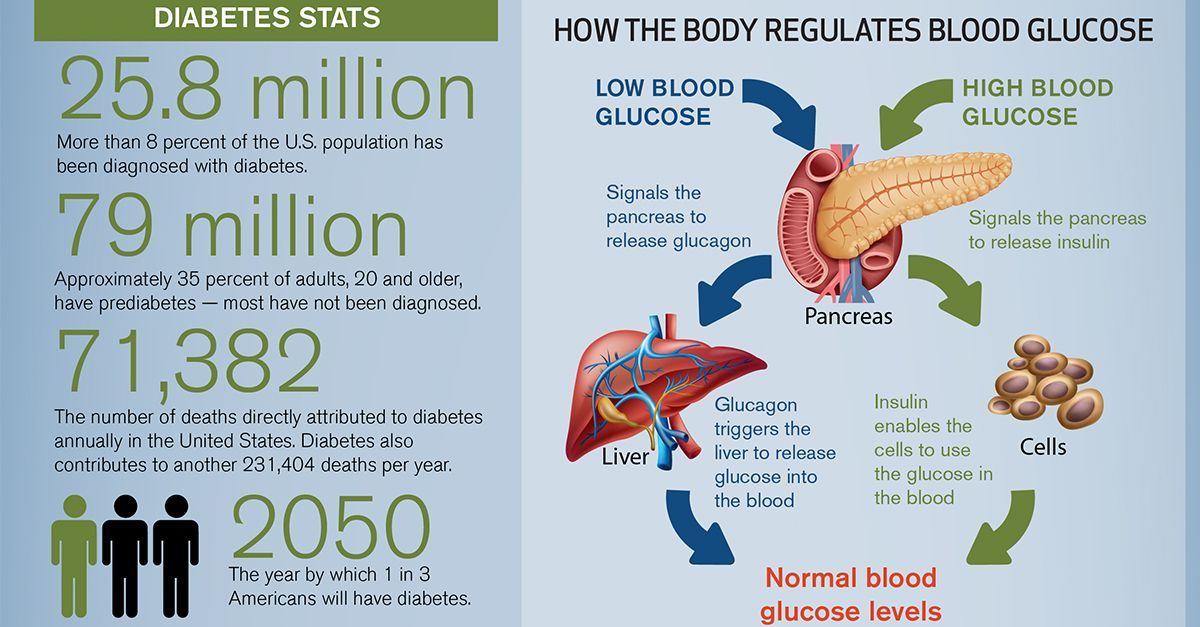
It is important to measure blood glucose before, during and after exercise in order to correctly dose insulin with a short or intermediate duration of action.
Nutrition of a sick child plays an important role in the treatment of diabetes mellitus. The nutrition of a child with diabetes should meet all the requirements that are currently imposed on the nutrition of a healthy child: the diet should be as balanced as possible in all the most important ingredients (proteins, fats, carbohydrates and vitamins). Compliance with this condition allows children with diabetes to grow and develop normally. At the same time, a special diet eliminates the carbohydrate load and thus facilitates the course and treatment of diabetes.
In diabetes mellitus, they limit the use of such foods and dishes as bakery products made from wheat flour, potatoes, cereals (semolina, rice). Porridge is given to the child no more than once a day, using coarse grinding cereals (buckwheat, oatmeal, corn) for their preparation.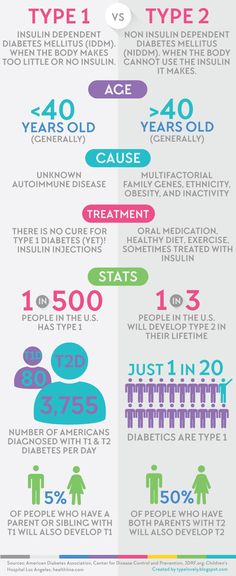
Rice, semolina and pasta should be used in limited quantities. The consumption of bread should not exceed 100g per day. Vegetables (everything except potatoes) can be offered to the child without restrictions. Moreover, dishes from various vegetables should make up a significant part of the daily diet of children.
Fruits and berries are also widely included in the diet for diabetics - unsweetened varieties of apples, black currants, cherries, etc. Occasionally, you can give your child citrus fruits (oranges, tangerines), strawberries, strawberries, raspberries. A child can eat fruits raw and in the form of compotes prepared with sugar substitutes.
Fatty, spicy and salty sauces, sweet sauces are excluded from the menu. If the child does not have liver diseases associated with diabetes, it is allowed to add a small amount of onion to food as a seasoning.
It is necessary to feed a child with diabetes 6 times a day and more often. The greatest satisfaction for the child, as a rule, brings his usual food.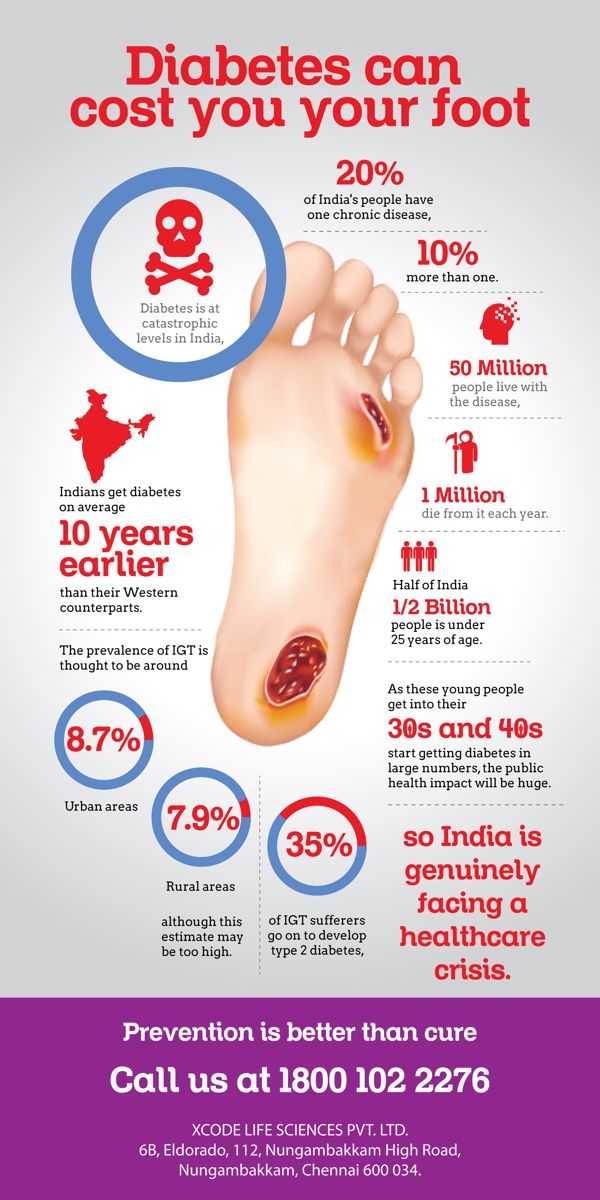 In view of this, when compiling a diet, the features of the family nutrition stereotype should be taken into account: the hours and volume of each meal, the child's eating habits. The composition of the child's diet should be agreed with the doctor observing the child.
In view of this, when compiling a diet, the features of the family nutrition stereotype should be taken into account: the hours and volume of each meal, the child's eating habits. The composition of the child's diet should be agreed with the doctor observing the child.
Drug treatment of diabetes in children.
Almost all children with diabetes receive insulin. Thanks to the introduction of long-acting insulin preparations into medical practice, as a rule, one injection of insulin per day is sufficient.
The choice of insulin preparation, its dosage and administration schedule are also determined by the attending physician. Tablets for diabetes (Maninil, Glipizide, etc.) are quite effective in treating diabetes in adults, but very rarely give good results in children. They are used in mild forms of the disease or prescribed as an adjuvant to reduce the number of injections or the dose of insulin.
Children and adolescents who are regularly treated, adhere to the diet exactly, develop well physically and mentally.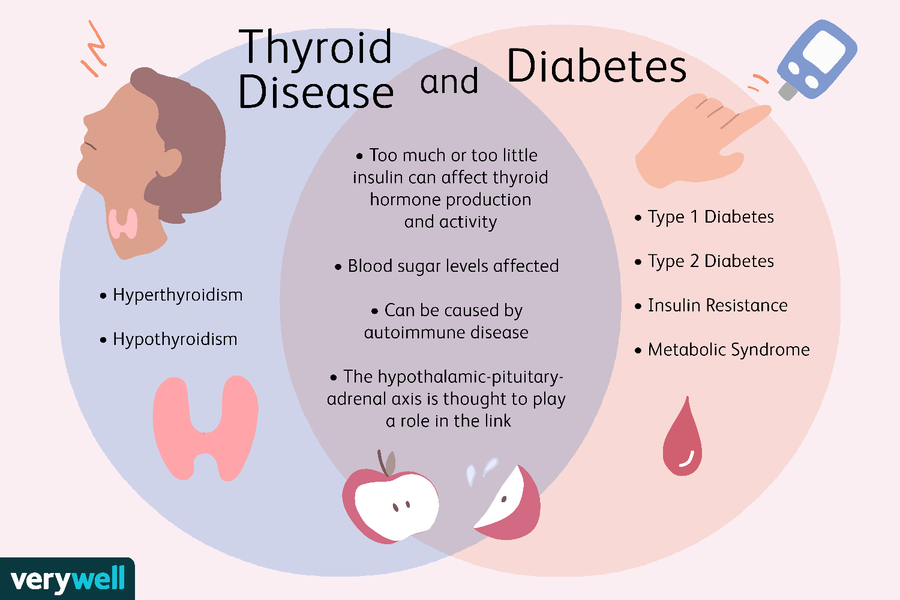
Properly selected and organized therapy with insulin preparations and constant monitoring of the child's condition greatly alleviate the course of the disease and allow children with diabetes to lead a full life.
Material taken from the site: Cherepovets City Maternity Hospital
Diabetes mellitus in children: explain and teach
The diagnosis of "diabetes mellitus" made to a child can cause shock in the first place, not even for the child himself, but for his parents. First reaction: it can't be, it's some kind of mistake. The second - for what? Why exactly did my baby or baby suffer such a fate? .. Some of the parents, not agreeing at first with the “terrible” diagnosis, as it seems to him, are trying to find other methods of treatment, turning to alternative medicine, healers and healers for help. Such behavior will not only not help the child cope with the disease, but can also cause irreparable harm to him.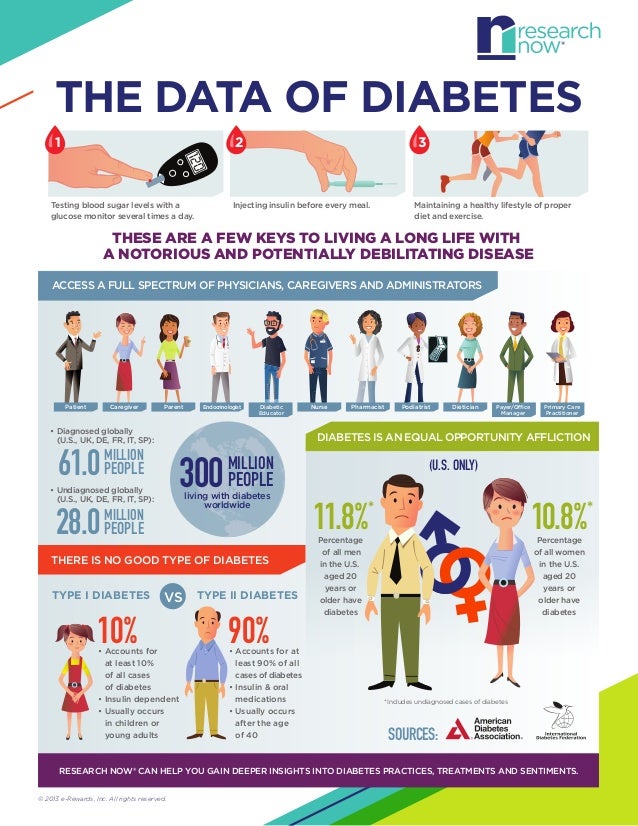
Since the patient himself, most likely, does not yet understand anything about the disease, with which he will henceforth have to coexist for the rest of his life, the responsibility for how it develops falls on the shoulders of the parents. That is why they must know in detail how to help their child and how to teach him to properly organize his life and take care of his own health.
First symptoms of disease
What symptoms in the behavior and well-being of the child should definitely alert parents?
- Feeling thirsty. The child often drinks a lot (instead of a glass of juice or water, he can drink a whole bottle).
- Increased urination (including at night).
- Despite the presence of a good appetite, the child noticeably loses weight.
- Loss of activity, feeling of weakness, desire to lie down even during the day.
In diabetic patients, due to a lack of insulin, glucose remains in the blood “without use”, while the cells of the body, meanwhile, “starve” and, out of hopelessness, begin to use the body’s own fat as an energy source. That is why weight loss becomes one of the symptoms of diabetes.
That is why weight loss becomes one of the symptoms of diabetes.
In the process of burning in fat cells, a large number of so-called ketone bodies are released into the blood, which eventually begin to be excreted in the urine in the form of acetone. If treatment is not started, the child may develop a condition called "diabetic ketoacidosis" .
The only medicine that can help the child in this situation is insulin injections. Receiving the required daily dose of insulin, your baby will be able to feel good and lead a completely normal life: go to school, and then at the institute, make a career, start a family, raise their own children.
Causes of diabetes in a child
No matter how far modern medicine has stepped, scientists still do not give an exact answer to the question of the causes of diabetes. However, it is reliably known that the risk of developing diabetes can be inherited. At the same time, the closest relatives themselves may be healthy, but have an increased predisposition to this disease and “give” it to their child or grandson. And then childhood infections, viral colds, stress, and other reasons can come into play.
At the same time, the closest relatives themselves may be healthy, but have an increased predisposition to this disease and “give” it to their child or grandson. And then childhood infections, viral colds, stress, and other reasons can come into play.
As for the excessive consumption of sweets, there is no scientific evidence that this can lead a child to diabetes. On the other hand, it can accelerate the onset of the disease, so in families where there are patients with diabetes, children are not recommended to eat a lot of sweets.
"Honeymoon" and all life
After the diagnosis is made in the first months of the disease, some children go into remission, which is called the “honeymoon”. This happens because, having received insulin, the pancreas begins to secrete more insulin. Such a remission can last from several weeks to 1-2 years, creating a misleading impression that the disease has been curbed. Unfortunately, over time, the need for insulin always increases.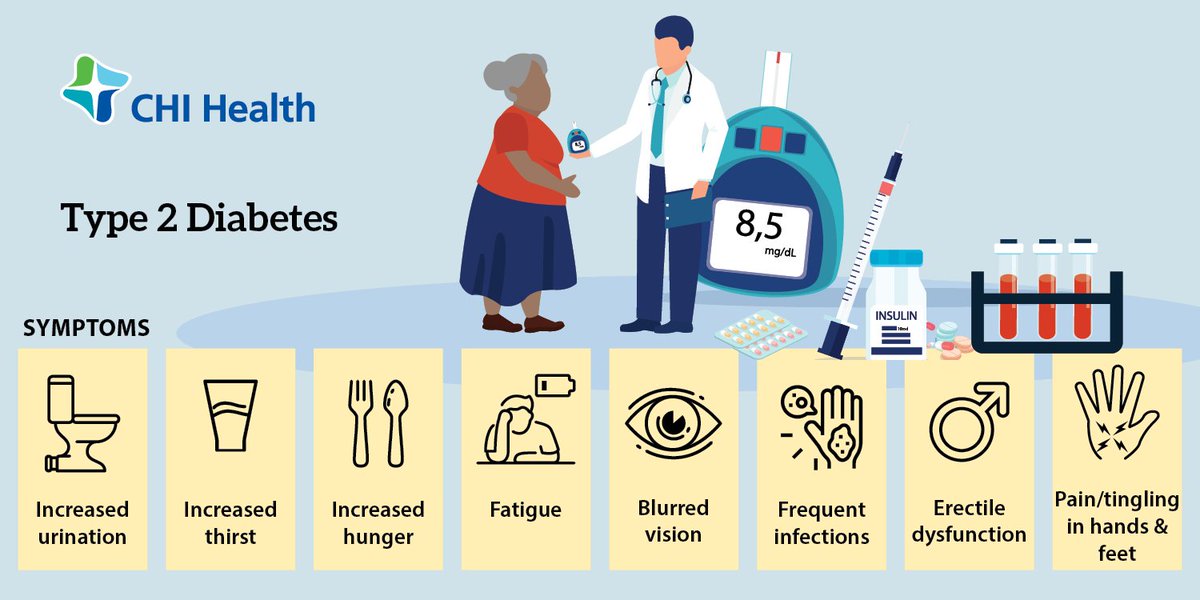
It happens that parents try to achieve remission by drastically reducing their child's intake of carbohydrates , switching to "special diets" (from raw cereals, nuts, dried fruits). It is absolutely impossible to do this! This is very dangerous for the child's body and in the future can lead to serious consequences.
At the same time, it is possible to achieve a longer remission if you do not overload the pancreas with excess carbohydrates, constantly monitor blood glucose levels, lead an active lifestyle, and play sports. And in no case do not overcool, since any infectious or viral disease can put an end to the "honeymoon".
New way of life
In order for a child to lead a normal life, he must learn the basic rules of self-control: conduct regular tests for glucose in the blood (glycemia), urine (glucosuria), follow a diet and physical activity, and, depending on the circumstances, be able to change the dose of insulin .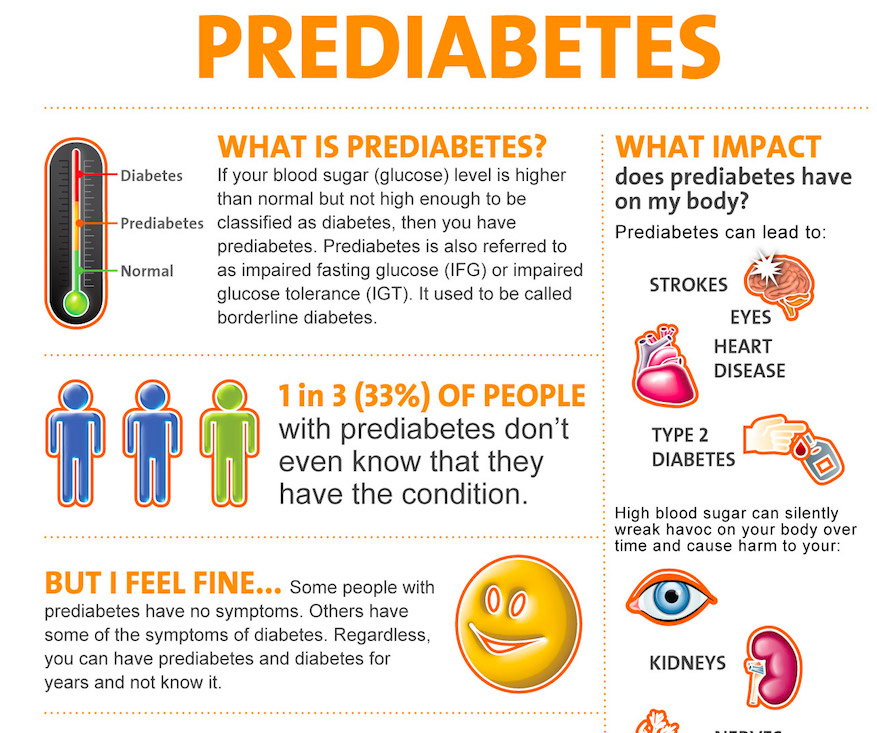
The dose of insulin is selected individually for each child. The task of parents is to teach the child to correctly collect the right amount of insulin and to inject correctly.
Glucose control is necessary - this is the only way to determine whether the dose of insulin is sufficient, whether to change it or nutrition before physical activity, during some kind of illness, etc. Competent self-control will allow the child not to feel like a "stranger" in a children's company or among classmates among their own."
In the diet of a child with diabetes, preference should be given to those foods that do not increase blood glucose levels, contain few carbohydrates and a large amount of fiber: these are almost all vegetables and herbs, meat, fish, dairy products, etc. Sweets, of course, better to exclude.
But in no case should you refuse an active lifestyle, playing sports. Having diabetes is not a reason to lie in bed! There are several reasons for going to the gym regularly.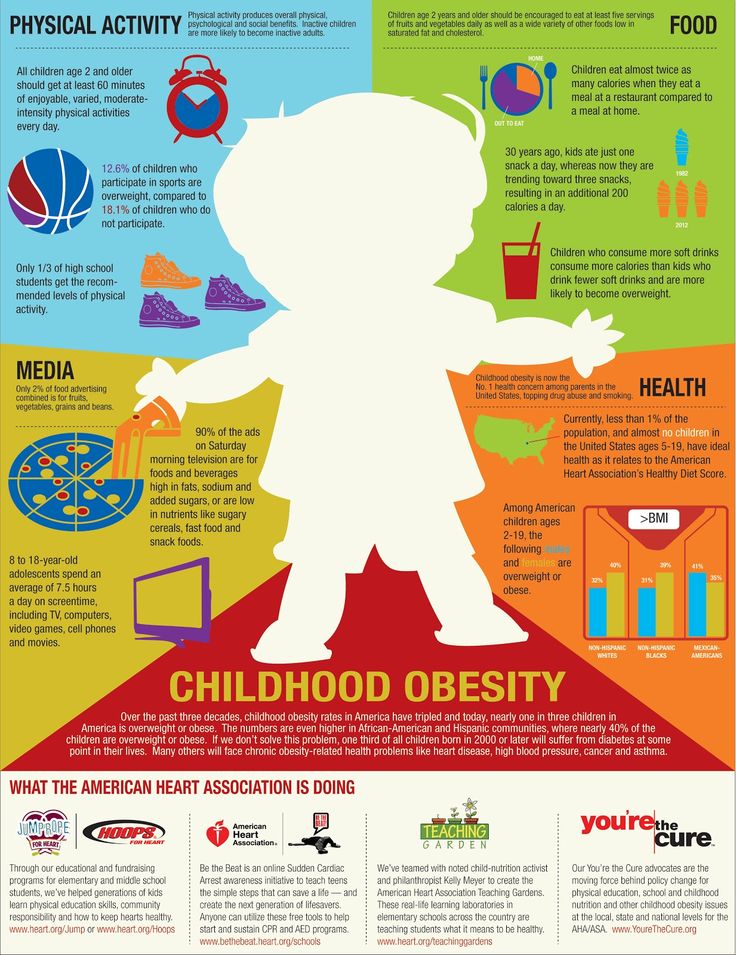
- Therapeutic effect: physical exercises lead to a decrease in blood glucose levels and, as a result, to a decrease in the dose of insulin administered.
- Physiological effect: the child's flexibility increases, muscle strength and lung capacity increase.
- Psychological effect: physical exercises help fight stress, bad mood, increase self-esteem.
Before you start playing sports, you need to consult with your doctor and decide together on the type of physical activity, its duration and intensity. At the same time, self-control remains mandatory, as well as adherence to diet and insulin therapy.
Diabetes is not a disease, but a way of life. This is true, especially when it comes to children. Of course, diabetes imposes certain restrictions on a child's life, but unlike many other, more serious diseases, it does not interfere with the most important thing - to live a full life, study, communicate, play sports, develop and improve oneself.